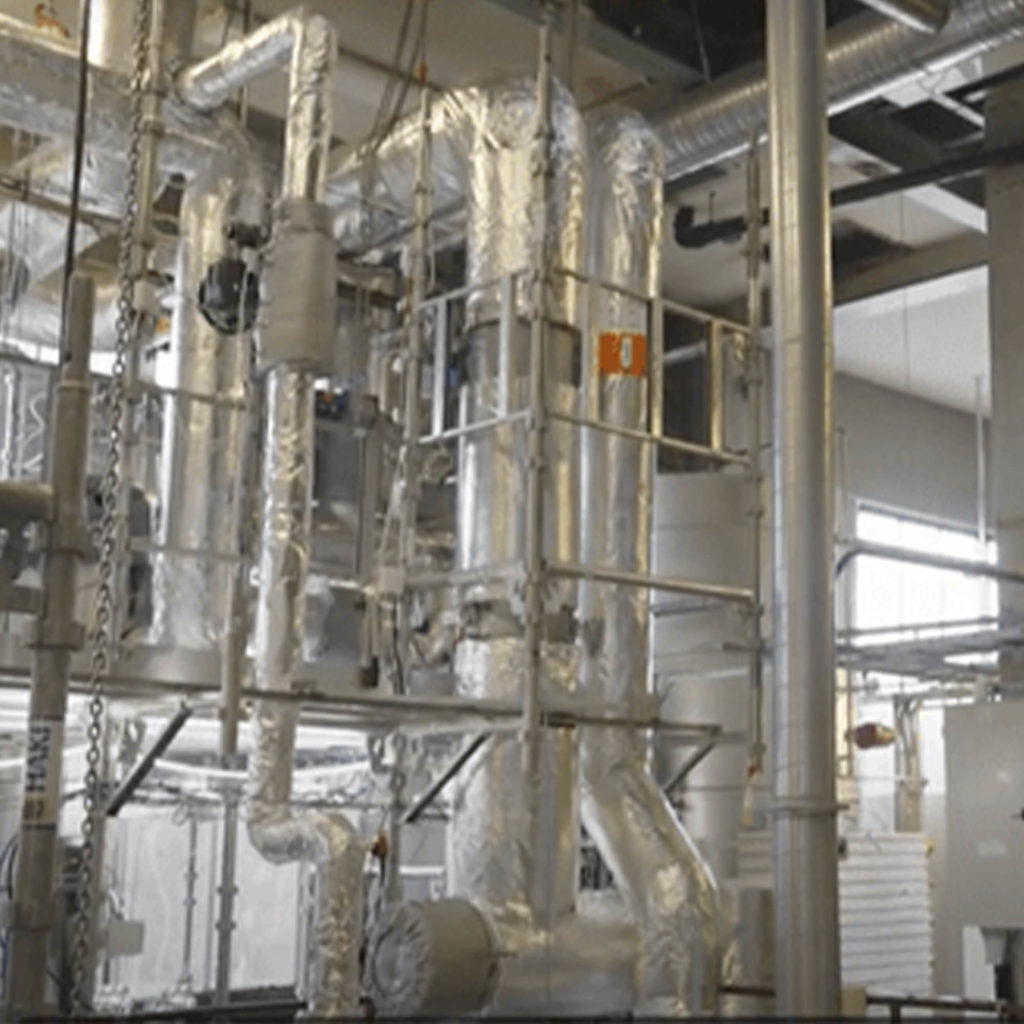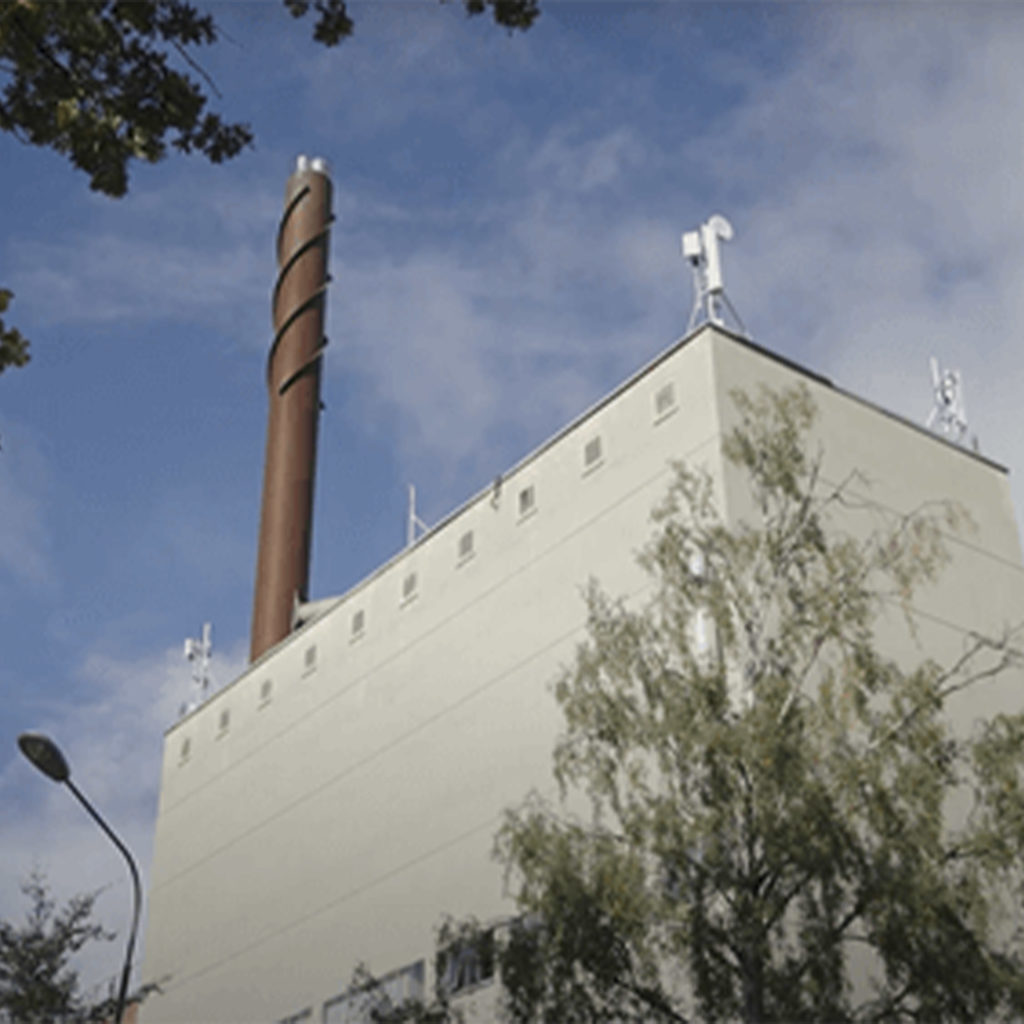News, events and interviews
Michael Bartlett, Chief Technology Officer (CTO) at Phoenix Biopower is a very experienced engineer in the renewable energies field. He has some very clear ideas about the energytransition in Europe: Flexibility is key! Read his very personal op-ed (short for opposite the editorial page) here:
Renewable energy tech is becoming more flexible. Europe’s laws need to be too.
The last few years have brought some home truths to Europe’s energy transition. Particularly since the Russian invasion of Ukraine last year, the market for natural gas has begun to reflect its true cost, that is, the cost of sourcing fossil fuels from these kinds of regimes and their climate impact.
So far in the energy transition, variable renewable energy like wind power has been balanced with fossil fuels when the wind is not blowing at full force or not at all. We have seen this is not sustainable economically or environmentally. What is obvious is that we need to replace natural gas and coal on that balance. That’s our plan both at Phoenix Biopower and the EU-funded Bio-FlexGen project that we’re a part of. The goal is to develop a combined heat and power plant (CHP) system with hourly, daily and seasonal flexibility of electricity or hydrogen production from biomass.
To achieve that we have developed new Biomass-fired TopCycle (BTC) technology which can convert waste from forestry and agriculture to electricity at double the efficiency of conventional steam cycle technologies. It does this by gasifying biomass with a high-pressure gas turbine process and massive steam injection. We want to reach 50% electrical efficiency from biomass by the year 2030.

Michael Bartlett, Chief Technical Officer at Phoenix Biopower

FLEXIBILITY
The BTC can be utilised to guarantee energy flexibility and a robust system: by producing electricity from renewable biomass or from hydrogen that was generated from renewables like wind or solar power. Furthermore, the plant can switch from producing electricity to producing hydrogen when there are long periods of excess electricity. This production of hydrogen also allows carbon dioxide removal, something the IPCC has shown is critical to meet our climate goals. This means a plant using this technology can flexibly generate four different products: electricity, heat, hydrogen and CO2, depending on prices and conditions.
We’re looking at this technology not as an emergency backup for grid, but as a balancing force for when renewable energy availability varies and therefore prices go up and down. Flexibility comes from both what the plant consumes and the products it produces.
We are now testing several core technologies in combustion and gasification rigs in northern Sweden, Stockholm and Berlin. For us, that step wasn’t too big, but it’s going to be a big step for Europe’s industry as it tries to decarbonise its sources of energy and heating.
SWEDISH EXAMPLE
If I’m going to be frank, I’d say that Sweden has already decarbonised electricity and heating, so the need for decarbonisation is greater in Europe than it is in Sweden. I think a big part of why it has a strong green energy mix today is that the government decided very early – in the early 90s, in fact – to implement a price on CO2. The price of industrial CO2 emissions in Sweden has been around 100 euros per tonne for nearly a decade. That was ramped up from around 30 euros from the first few years, which acted as a transition period.
The other aspect is competence around technology development. There’s been a lot of very good technology developed over the last 40 years in Sweden addressing decarbonisation, which we can hook on to, get elements of, and talk to people about. That has made developing this technology much easier than if I were in another European country, simply because they don’t have the same tradition around biomass that there is here.


BIOMASS
It’s interesting that Sweden now finds itself moderating negotiations for EU biomass rules as part of its six-month presidency of the EU. It has become a very hot topic, especially about using ‘woody biomass’ – think trees and other woody plants.
We all want to have a greener world for our children, and that is naturally driving a lot of these talks. But what is often lost in these debates is that biomass, just like electricity, is not in itself ‘good’ or ‘bad’ energy. You can get electricity from a coal-fired plant and use it to charge your car. That electricity involves a lot of CO2 emissions, so there’s no real benefit charging the car with that electricity.
So you have to make sure that the electricity is green and sourced properly, and from the right form of production. It’s the same with biomass; where it comes from and how it was produced is what’s key.
And that’s where I have difficulties understanding a lot of the debate. For example, the Swedish forestry industry is not growing these forests to burn wood. They grow their forests to first give wood to the timber industry, then whatever’s left they give to the pulp and paper mills, and then third or even fourth on that hierarchy is energy. That’s material you can’t do anything else with. So rather than leaving it in the forest to rot, they sell it to people willing to use it for energy.
Those running the forest are usually family businesses that are passed on to the next generation. So it’s in their interest to have a sustainable harvest both for themselves and the next generation. To get the most out of their forests, they’ll sell to the highest bidder, and then if it’s worth it they’ll give whatever’s left over to energy.
That seems to be completely lost somewhere in the arguments. Some people say that creating energy from biomass means burning forests. We burn leftovers. The forests are still there, because the forest owners replant it. It’s part of the legislation, you must replant them. Sweden’s carbon sink has been increasing steadily for the last 100 years, and that has been while we extract carbon for those three major products, timber, paper and energy. If it wasn’t sustainable, then the carbon content of the forests would be decreasing, not increasing.
The challenge of the EU then is to find nuances in legislation for the right balance. To just prohibit bioenergy to me is to rid ourselves of a very important tool in the toolbox. We need to decarbonise as quickly as we can, so we need to use all these tools.
FUTURE
Last year we built a system prototype that tested the major stages in the fuel conversion chain; from raw biomass to gasification to gas clean-up and steam injection, and then to the combustion stage. We saw that our combustion system is behaving as we expected and we are getting very good emission values with very high stability. The next steps will be to start testing the limits even more, introducing hydrogen as a fuel, and going with 100% hydrogen in this system.
We’re also busy testing another rig with our Bio-FlexGen colleagues in RISE, Sweden’s state-owned research institute. We’re both working hard to finalise the rig and ensure we can run all the tests before the snow comes in the autumn. That gives us a six-month window to validate the behaviour of the particles and the geometry of our pressurised gasification system.
While Sweden is leading the way on this, I think the same transition will happen in Europe, and solutions will be found that are applicable for every market. But my one concern is that the EU wants to make detailed regulations for all the markets. And that’s not going to work. A natural part of the energy transition is to take what you have at home. You have to look at each region and what solutions work best there to reach the target as fast as possible.
